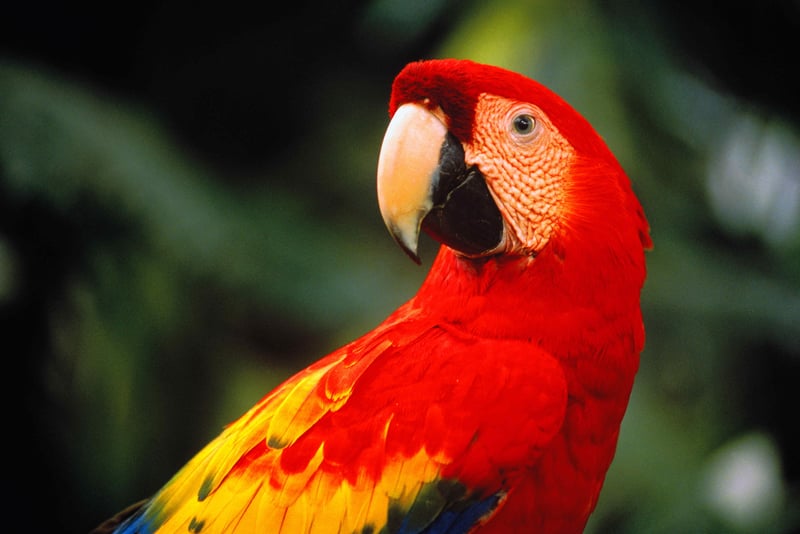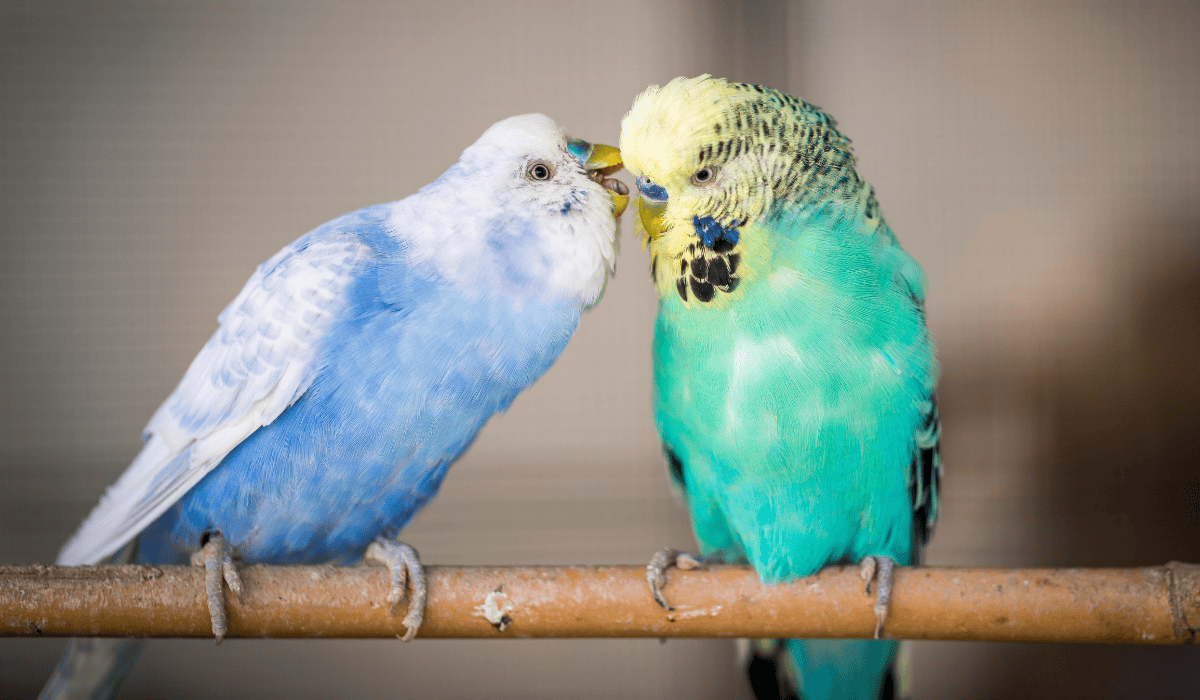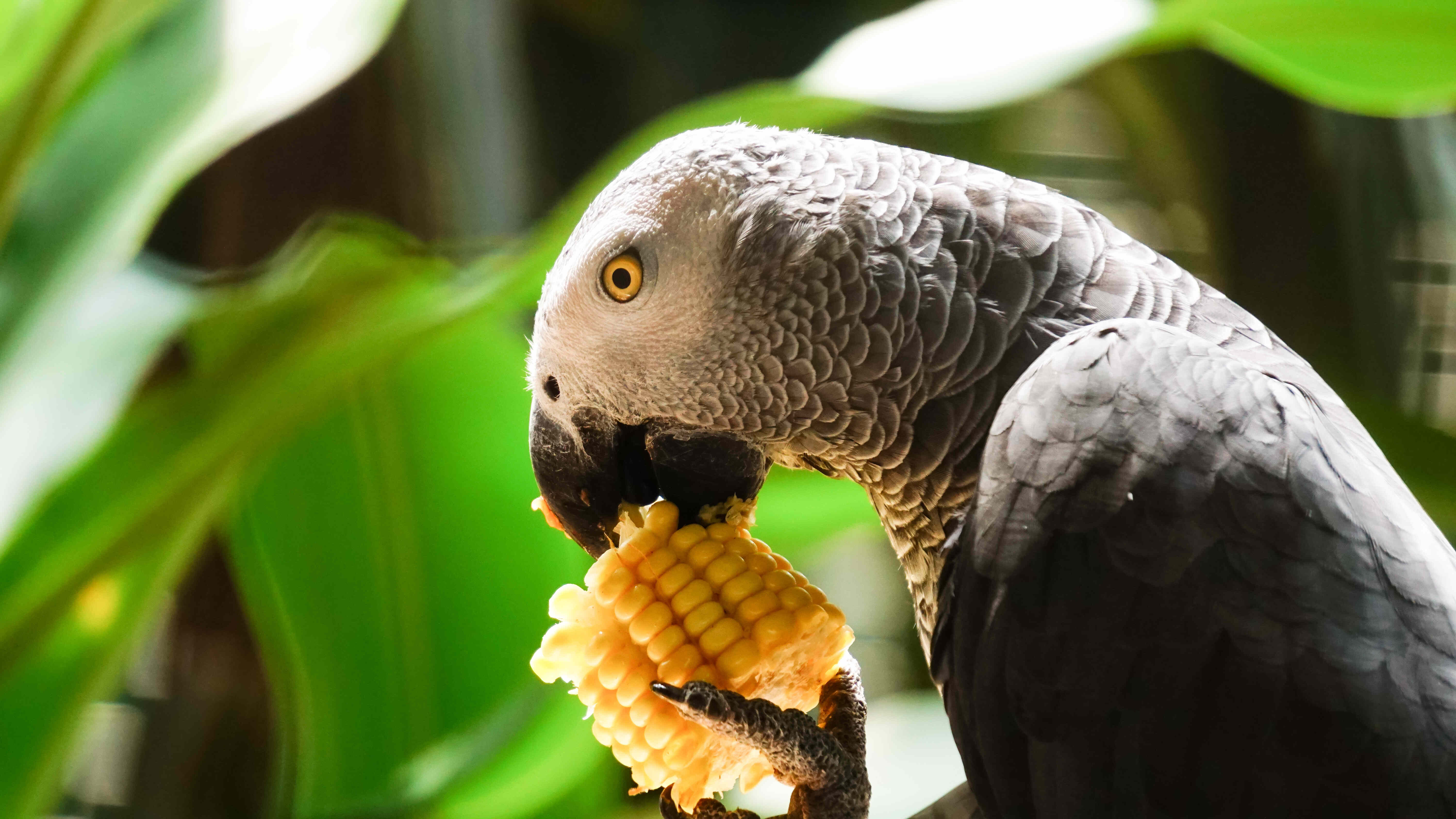
7 Parrot Facts: What You Need to Know About These Colorful, Intelligent Birds
Blog
The more you learn about parrots, the more you’ll want to protect them from cruelty.
Parrots are incredibly intelligent, highly social, and full of personality. There’s a lot to learn about these amazing animals, so in this blog post, we’ll explore some fun and surprising parrot facts that will help you better understand these captivating birds and why they deserve our respect and protection.
1. Parrots Are Incredible Mimics
One of the most well-known traits of parrots is their ability to mimic sounds, including human speech. This mimicking ability is tied to their intelligence and social nature, and in the wild, parrots use their vocalizations to communicate with each other, warn of dangers, or attract mates.
2. Parrots Are Social Animals
Parrots are not solitary creatures by nature. In the wild, they live in flocks and rely on each other for communication and safety, with these bonds being critical to their well-being. As a result, when kept in cages in our homes, parrots need a lot of social interaction and daily mental enrichment. In captivity, they can become bored, stressed, or even develop behavioral problems like feather plucking due to a lack of interaction with animals of their own species.

3. Parrots Can Live for Decades
Many species of parrots have impressive lifespans, with some living for 50 years or more. The African Grey Parrot, for example, can live to be 60 years old, while larger species like the Macaws can live up to 80 years.
4. Parrots Have Highly Developed Brains
Parrots are often compared to dolphins and primates in terms of intelligence. Research has shown that parrots have advanced cognitive abilities, including problem-solving, using tools, and understanding concepts like cause and effect. The African Grey Parrot, in particular, is known for its exceptional intelligence, capable of recognizing colors, shapes, and numbers.
5. Parrots Are Endangered in the Wild
Sadly, many species of parrots are facing serious threats in the wild. Habitat loss, illegal trapping, and the wildlife pet trade have led to declining parrot populations across the globe. The IUCN Red List of Threatened Species currently lists dozens of parrot species as endangered or critically endangered.
6. Parrots Are Experts in Using Their Beaks
In addition to their colorful feathers and bright minds, parrots have incredibly strong beaks that they use for a variety of purposes, such as cracking open seeds, nuts, and other food. They also use their beaks for climbing and manipulating objects. This dexterity is part of what makes parrots such skilled problem solvers and explorers.

7. Parrots Are Vital to Ecosystems
Parrots play an important role in their natural habitats. They help with seed dispersal, which promotes plant growth and biodiversity. As they feed on fruit and nuts, they scatter seeds throughout the environment, helping to regenerate forests and plant life. In this way, parrots contribute directly to the health of ecosystems, making them vital for maintaining biodiversity.
Sadly, many parrots are facing grave threats from habitat loss and the (legal and) illegal wildlife trade. To protect parrots and their right to live in the wild, take World Animal Protection’s pledge to never purchase a parrot as a pet today.